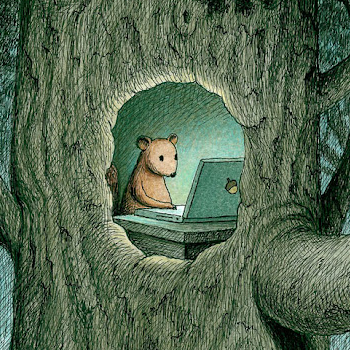Why didn't the terrestrial planets get as big as the Jovian planets?
1 Answer
The Jovian planets started out more massive and used that superior mass to pull in surrounding gases which made them still more massive, a "snowball" effect.
Explanation:
In the early Solar System, the solid matter was distributed in relatively small rocks throughout the nebula. As these orbited the Sun they encountered other material, and the initially more massive chunks captured others eith yheir gravity and eventually became the planets. See https://en.wikipedia.org/wiki/Accretion_(astrophysics), the section on accretion of planets.
So why were the Jovuan planets better at this? Basically they were in the right place at the right time. The terrestrial planets were cramped in a small space because they were orbiting close to the Sun, so they could encounter and accrete only a limited amount of material. The Jovian planets had more stuff to work with at an optimal distance when they formed. So they became big enough to pull in surrounding gases, until even their storms could be bigger than Earth! (http://csep10.phys.utk.edu/astr161/lect/jupiter/redspot.html)

